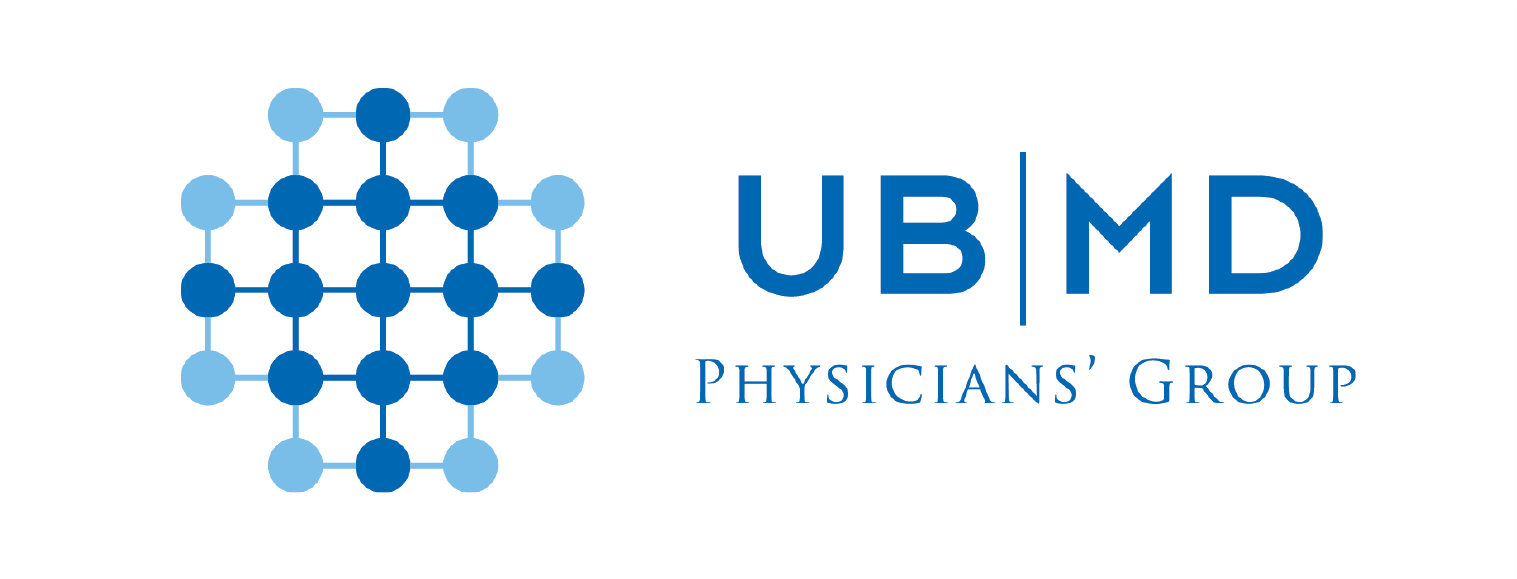CORNEA
- ROSS EYE INSTITUTE -
What Is The Cornea?
The cornea is the transparent outer layer at the front of the eye. It is positioned directly in front of the iris and pupil allowing light to enter the eye. There are five layers of the cornea; the epithelium, the stroma, and the endothelium.
Epithelium
Outer protective layer that creates a barrier from dust, debris, and bacteria.
Bowman's Layer
A smooth layer, located between the epithelium and the stroma in the cornea of the eye.
Stroma
Center layer that makes up 90% of the cornea comprised on collagen and other structural materials.
Descemet's Membrane
A layer of collagen fibers positioned between the Stroma and the Endothelium.
Endothelium
A single layer of squamous endothelial cells located on the Descemet membrane. This innermost layer of the cornea forms a border between circulating blood and fluids.
Cornea health is important to maintain in order to sustain vision. Infections and disease are common conditions that require seeing an optometrist or ophthalmologist for diagnosis and care. These conditions can range from simple to complex. Such conditions can result in clouding and distortion of vision as well as potential blindness. While infections related to contact lenses, abrasions from trauma, and inflammation are common, but do require treatment. Additional ailments impacting the cornea including keratoconus, Fuchs’ endothelial dystrophy, and pterygia among many others. Our experienced team of ophthalmologists are available to for consultation and continued care.
Signs Of Corneal Infection Or Disease
-
Corneal Abrasions
Symptoms include the feeling that something is stuck in your eye, red, painful, watery eyes, blurry or hazy vision, being extra sensitive to light.
-
Corneal Ulcers
Symptoms include redness of the eye, severe pain and soreness of the eye, the feeling of having something in your eye, tearing, pus or other discharge, blurred vision, sensitivity to light, swelling of the eyelids, a white spot on your cornea that you may or may not be able to see when looking in the mirror.
-
Dry Eye Syndrome
A common condition where not enough tears are produced to maintain the moisture layer on the outer portion of the cornea causing damage. This can be the result of Meibomian Gland Disfunction (MGD) or the result of the structure of the eyelid not completely closing. Blepharitis, a common infection is also a potential contributor to (MGD) and Dry Eye Syndrome.
-
Contact Lens Irritation or Infections
Contact lenses are designed to be safe and to improve vision. However, when they are not properly worn or cared for it can increase the risk of corneal damage or potential infection.
-
Keratoconus
A progressive condition weakening and thinning of the central part of the cornea. This can result in a cone-shaped deformity. Diagnosis and treatment early is important to prevent progression. Untreated the condition can result in blurry vision, double vision, nearsightedness, astigmatism, and light sensitivity.
-
Fuchs' Endothelial Dystrophy
A condition that affects the endothelium layer of the cornea. Symptoms include glare, blurry vision, pain, or grittiness from tiny blisters on the surface of your cornea. If left untreated it can lead to Bullous Keratopathy, a secondary condition in which the cornea becomes permanently swollen.
Causing Of Cornea Damage Or Disease
- Infection: Bacterial, fungal and viral infections are common causes of corneal damage.
- Age
- Heredity
- Cataract and intraocular lens implant surgery
- Contact lenses
- Eye trauma
- Certain systemic diseases
Diagnosing Corneal Infections, Damage, Or Disease
Your doctor will examine your eyes using multiple instruments to test and exam the health of your eyes and its structure. Dilation and special dye drops may be required during comprehensive examination. The examinations are non-invasive and painless. You may require a ride after the appointment if you are dilated for the exam.
Treatment For Cornea Infections, Damage, Or Disease
If you have any symptoms or conditions, do hesitate to reach out for an exam. It is better to protect your vision by treating immediately then trying to repair vision loss. Minor conditions may require antibiotic or steroid drops to treat, other conditions may require a more extensive care plan. It is not recommended to use the drops from another patient or the use of Visine. Please speak to your doctor regarding treatment.
With more permanent damage, a corneal transplantation may be required. With advances in medicine there are procedures such as Descemet Stripping Endothelial Keratoplasty (DSEK) and Descemet Membrane Endothelial Keratoplasty (DMEK) may also be selected in certain cases to help restore vision.
We are here for you, to support your ocular health and treatment needs.
Conditions We Treat At Ross Eye Include:
- Fuchs Corneal Dystrophy
- Bullous Keratopathy
- Keratoconus
- Superficial Keratitis
- Thyroid Eye Disease
- Corneal ulcers
- Herpes simplex
Contact Us
We will get back to you as soon as possible.
Please try again later.
BUFFALO NIAGARA
F: 716-881-4349
Office Hours:
Monday - Friday: 8:00 am - 4:30 pm
SOUTHTOWNS OFFICE
F: 716-677-6507
Office Hours:
Monday - Friday: 8:00 am - 4:30 pm
BUFFALO NIAGARA
F: 716-881-4349
Office Hours:
Monday - Friday: 8:00 am - 4:30 pm
SOUTHTOWNS OFFICE
F: 716-677-6507
Office Hours:
Monday - Friday: 8:00 am - 4:30 pm


© 2024. Ross Eye Institute.
The Ross Eye Institute website makes every attempt to comply with The Americans with Disabilities Act (ADA) of 1990. If you are using a screen reader and are having problems using this website, please call for assistance.